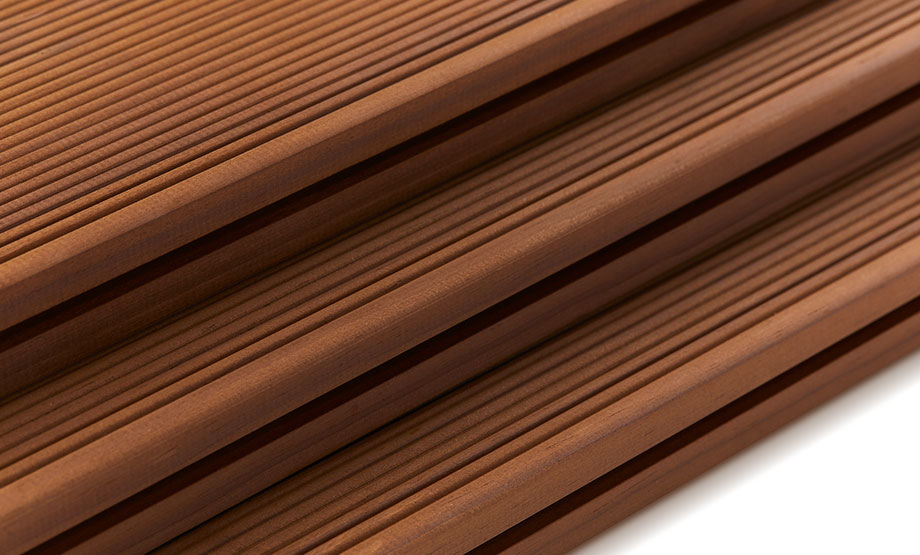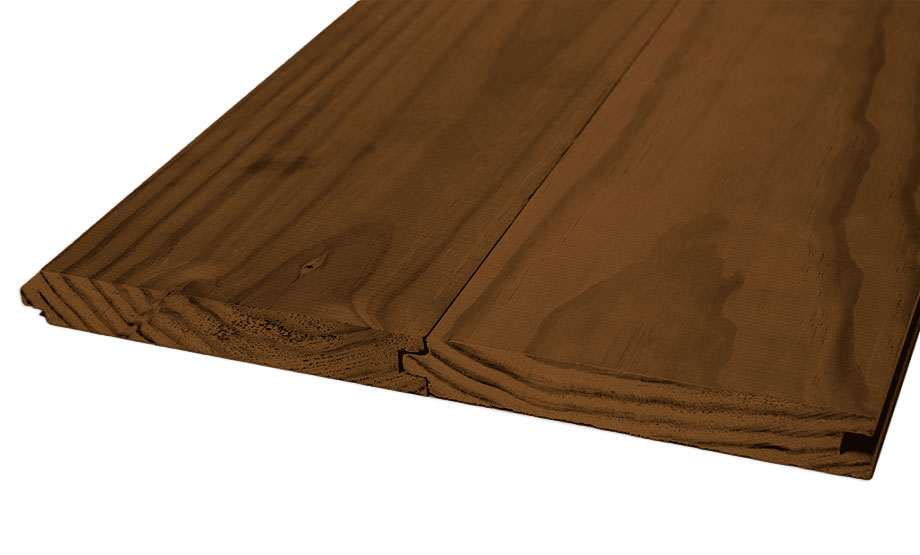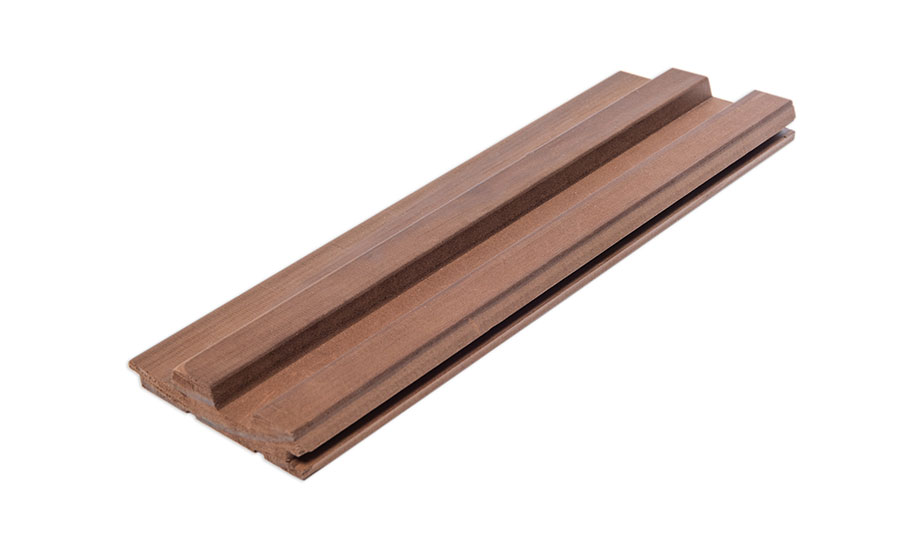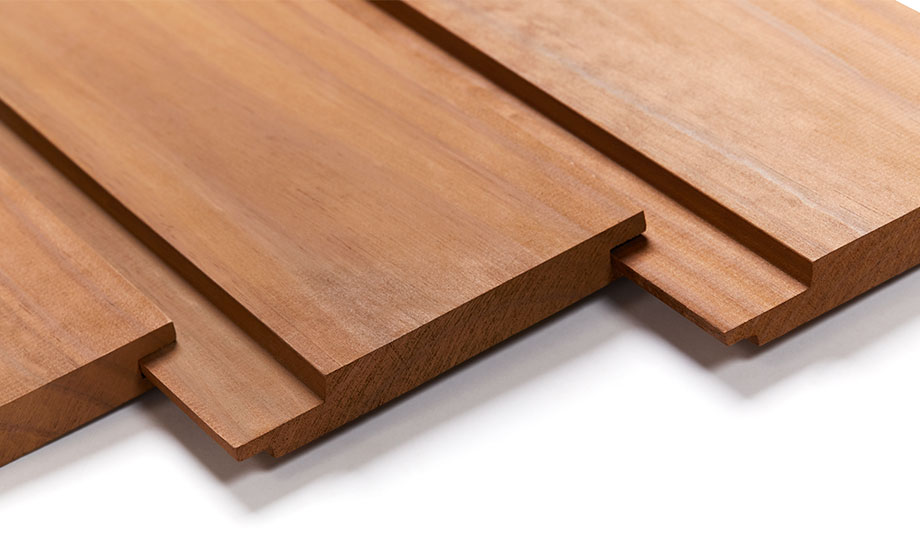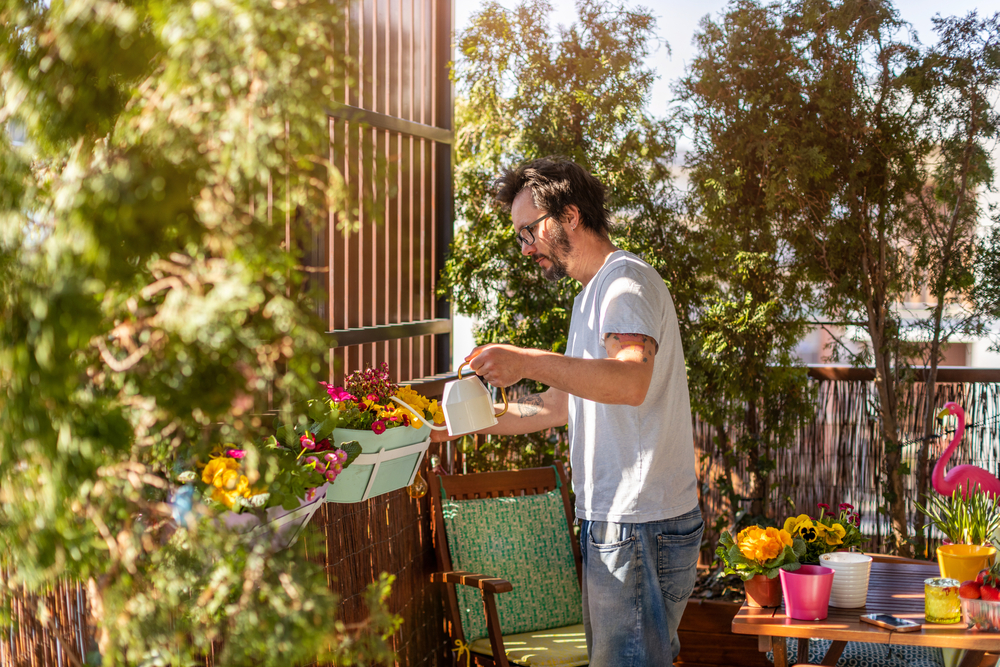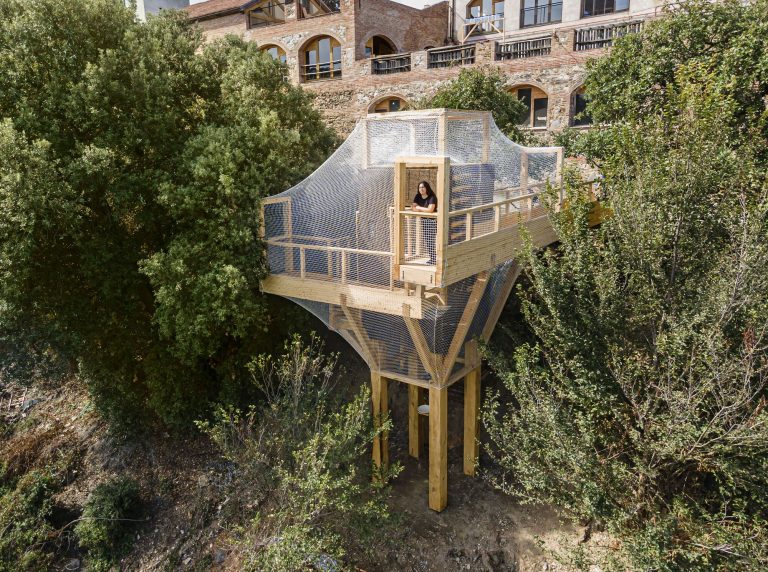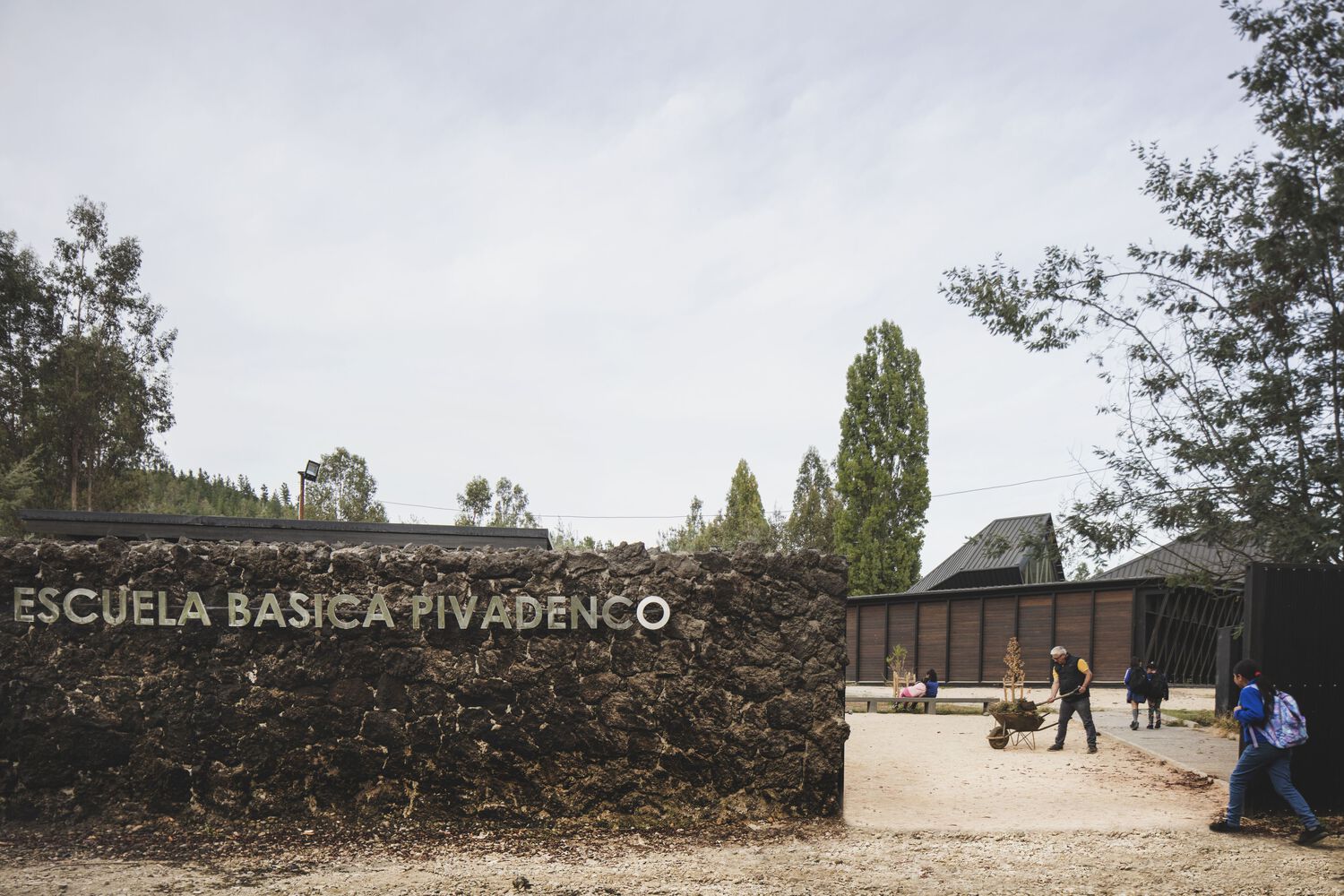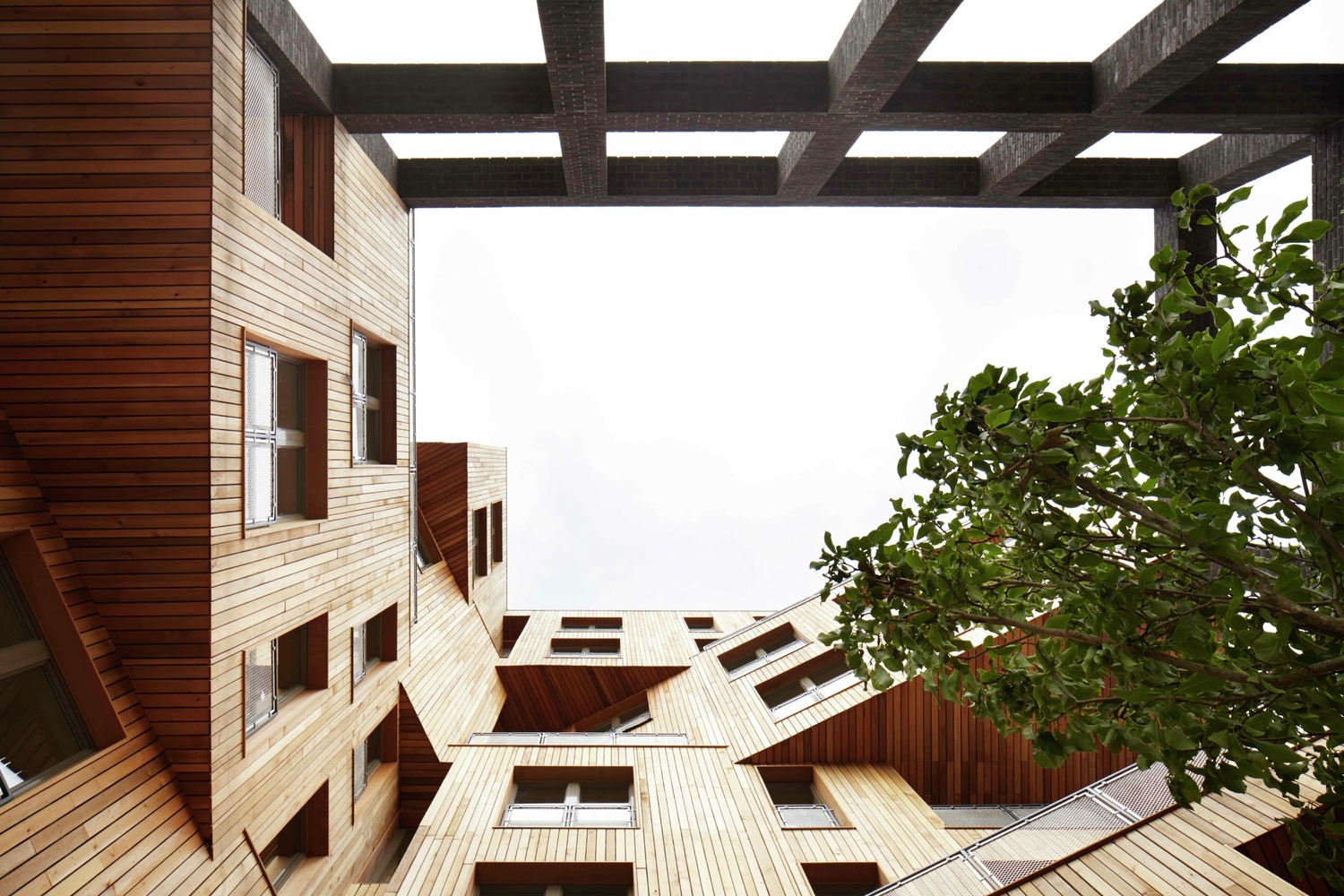
¿Te has preguntado cuales son los límites de la sostenibilidad en la arquitectura?
El sector de la construcción figura como uno de los más contaminantes del planeta, considerando todos sus procesos, hasta el fin de la vida útil de los materiales de edificación, que son difíciles de reutilizar o reciclar y terminan en rellenos sanitarios, sin dar paso a la economía circular en la industria, lo que nos lleva a pensar en ideas más amigables con el medioambiente.
Pensando en la necesidad de disminuir la contaminación provocada por la industria, es que se ha demostrado que la madera es el material más idóneo para la construcción sostenible. La producción de paneles de CLT o Mass Timber es baja en emisiones, favorece la eficiencia de la mano de obra: reduciendo los plazos de edificación, los problemas asociados a la contaminación acústica y la generación de residuos; y entre sus características más destacables, como producto de los árboles continúa con la absorción de CO2.
Entre tanto, también se ha podido comprobar la resistencia de la madera maciza al fuego, su capacidad antisísmica gracias a sus características resistentes y bajo peso, además funciona como un excelente aislante ya que ayuda con la regulación de temperaturas, y con la reducción del ruido exterior. Sin dejar de mencionar su efecto reconfortante y calmante en las personas.
Solo nos falta hablar del fin de la vida útil de la madera como material de construcción.
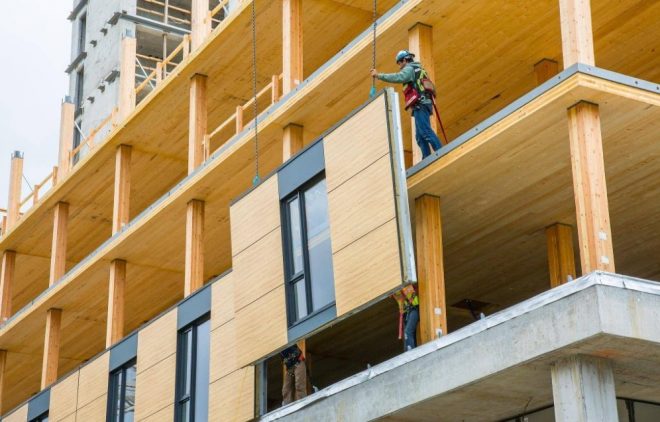
¿Qué pasa cuando se trata de reparar o reacondicionar un edificio?
Por norma, las edificaciones en Chile deberían tener una vida útil de aproximadamente 100 años, sin embargo, desde los 50 ya se ven estragos por el paso del tiempo en varios sin la mantención adecuada. Reemplazar ladrillo por ladrillo o cualquiera de las estructuras que componen un edificio es prácticamente inviable, por lo que al fin de su vida útil son demolidos para reacondicionarse, esta práctica se traduce en toneladas de escombros que llegan a rellenos sanitarios, sumándose a la contaminación que ya produjo su elaboración y perpetuando el modelo de economía lineal.
La madera, a diferencia del hormigón y acero, se produce por paneles, que son más ligeros, moldeables y fáciles de ensamblar. De modo que, plantean una arquitectura desde la idea de que estos paneles pueden ser desmontables y reemplazables, propiciando diseños inteligentes que puedan converger con la llamada economía lineal.
Los paneles de madera amplían las oportunidades del diseño sostenible, como dice el sitio Madera & Construcción, “una arquitectura ensamblable es a la vez una arquitectura con mayor capacidad de adaptación a las necesidades de uso”, con lo que además de anticiparse a la obsolescencia de un edificio, es posible prever modificaciones o reestructuraciones, alargando también la vida útil de estos.
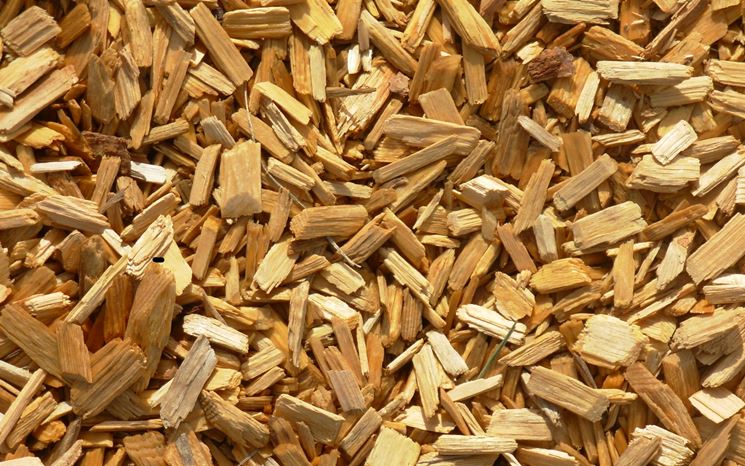
¿Cómo la madera empuja al sector de la construcción a la economía circular?
La madera es un producto que sigue el flujo de la biósfera, que se puede explicar como el metabolismo biológico; un árbol crece, se reproduce, muere y vuelve a la tierra que nutre a un nuevo árbol. La economía circular se basa en el ciclo de la naturaleza, que reutiliza sus propios recursos, los que son finitos pero sin un límite en su uso.
Llevado a la industria, la madera es un producto que al fin de su vida útil puede ser reutilizado, reciclado y reacondicionado ilimitadas veces, incluso compostado, volviendo a la tierra como en el ejemplo anterior. De este modo, se le saca todo el provecho a este material, devolviéndolo al mercado y haciéndolo parte de la economía circular.


